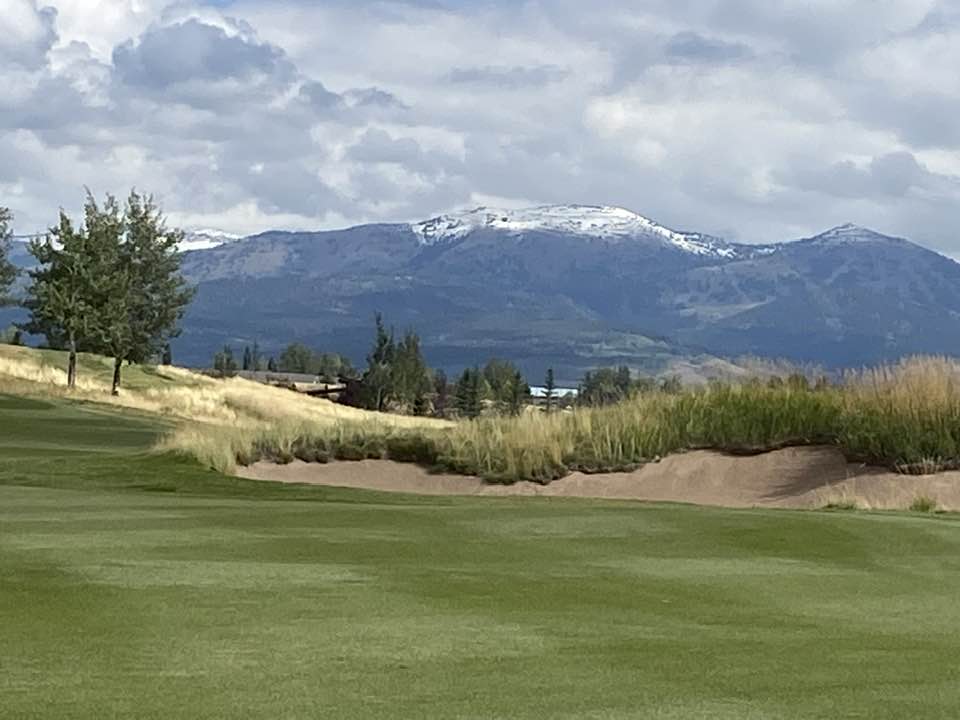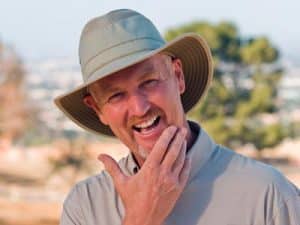David McLay Kidd describes his renovation at Tributary in Driggs, Idaho, as “the intersection between restraint and sophistication.’’ Kidd built the course – framed by the Grand Teton Mountains and Big Hole Mountains in the West Teton Valley – in 2008 for the late billionaire industrialist Jon Huntsman, Sr. Kidd’s renovated, toned down, version of Tributary – centerpiece of a 1,500-acre private country club community – is an ideal metaphor for his maturation into one of the world’s more in-demand course architects.
“I’m trying to understand that if I do something that’s sophisticated – but do it in a restrained way for the golfer – you can see the nuance and understand the sophistication,’’ said the Scotland-born Kidd, who first came to prominence in 1999 with his design at Bandon (OR) Dunes Golf Resort.
“I’m not doing it by just throwing a lot of money and bunkers and a lake at it. I’ve learned over time that I can still be still be restrained and achieve the same nuance of sophistication in a golf hole.’’

Tributary
Besides Bandon Dunes and Tributary, Kidd’s most noted work includes the Castle Course at St. Andrews, Scotland; Machrihanish Dunes in Campbelltown, Scotland; Mammoth Dunes at Sand Valley Resort in Nekoosa, (WI); and the recently- opened GrayBull Club in Maxwell, NE. His current projects include a second course to complement his original course at Gamble Sands in Brewster, WA; Moonlight Basin in Big Sky, MT; Two Rivers near Tampa, FL; and Loraloma near Austin, Texas.
“It’s taken more than 30 years to get there – learning that less is more,’’ Kidd said. “I don’t have to make these bold statements. I can be restrained and still get something that’s cool to play.’’
In an odd way – perhaps not-so odd – Kidd’s search for restraint and nuance carries over to his passion for flying. Kidd, who lives in Bend, OR., often moves from one course project to another at the controls of his single engine, high performance turboprop aircraft that can fly at half the speed of sound (around 360 miles per hour) at 30,000 feet.
“One of the first things I learned early in my pilot career is that most pilots over-control,’’ Kidd said. “The secret to being a great pilot is to learn when to control without overontrolling. As an architect, that’s very transferable. I can control without over controlling.
“For me, piloting is very ‘left’ brain. It’s very creative. Being a pilot is very “right’ brain. It’s very logical. I love that I get to do both things in my life.’’
Feature Photo Courtesy of David McLay Kidd

